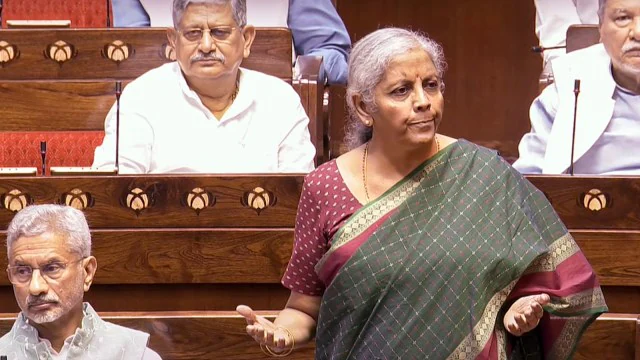Senior Congress leader Shashi Tharoor has sparked a debate by stating that Delhi is “essentially uninhabitable” between November and January due to its hazardous air quality. Citing data from Swiss air quality technology company IQAir, Tharoor claimed Delhi is now the world’s most polluted city after Dhaka and accused the government of failing to act decisively against the crisis.
Tharoor’s Remarks on X
Tharoor took to X to express his concerns:
- Pollution Statistics: He highlighted that Delhi’s Air Quality Index (AQI) levels are four times above hazardous limits, making the city unfit for habitation.
- Government Inaction: He criticized the government for being a passive observer despite the recurring problem.
- Previous Initiatives: Tharoor revealed he had been hosting an Air Quality Round Table with experts and stakeholders since 2015 but discontinued it in 2022 due to lack of progress.
- Capital Status: Tharoor questioned whether Delhi should continue as the nation’s capital, given its persistent unlivability during winter months.
Delhi’s Deteriorating Air Quality
The National Capital Region (NCR) has been enveloped in a thick smog for a week, with AQI levels consistently in the “severe” category:
- Tuesday Morning: Many monitoring stations recorded the AQI at the maximum level of 500 (severe plus).
- Monday: AQI stood at 494, while over the weekend, it ranged between 417 and 441.
The Central Pollution Control Board (CPCB) reported severe pollution levels at key locations, including Anand Vihar, Jahangirpuri, and Major Dhyan Chand Stadium.
Impact and Measures
Delhi’s worsening air pollution has been declared a “medical emergency”:
- Schools and Colleges: Many institutions have shifted to online classes to protect students from health hazards.
- Public Health Advisory: The Delhi government has urged citizens and organizations to adopt preventive measures.
Context: A Recurring Nightmare
Air pollution in Delhi has been a recurring crisis, particularly during the winter months, driven by factors such as:
- Stubble Burning: Farmers in neighboring states burn crop residue, releasing massive amounts of pollutants into the air.
- Vehicular Emissions: The high density of vehicles adds to particulate matter in the atmosphere.
- Industrial Pollution: Factories and power plants in and around Delhi contribute to toxic air.
- Weather Patterns: Reduced wind speed and temperature inversion trap pollutants close to the ground.
Broader Implications
Tharoor’s question about relocating the capital adds a new dimension to the debate on Delhi’s governance and sustainability. As Delhi struggles with its annual pollution crisis, the focus is now on whether long-term, decisive measures can replace short-term solutions.




